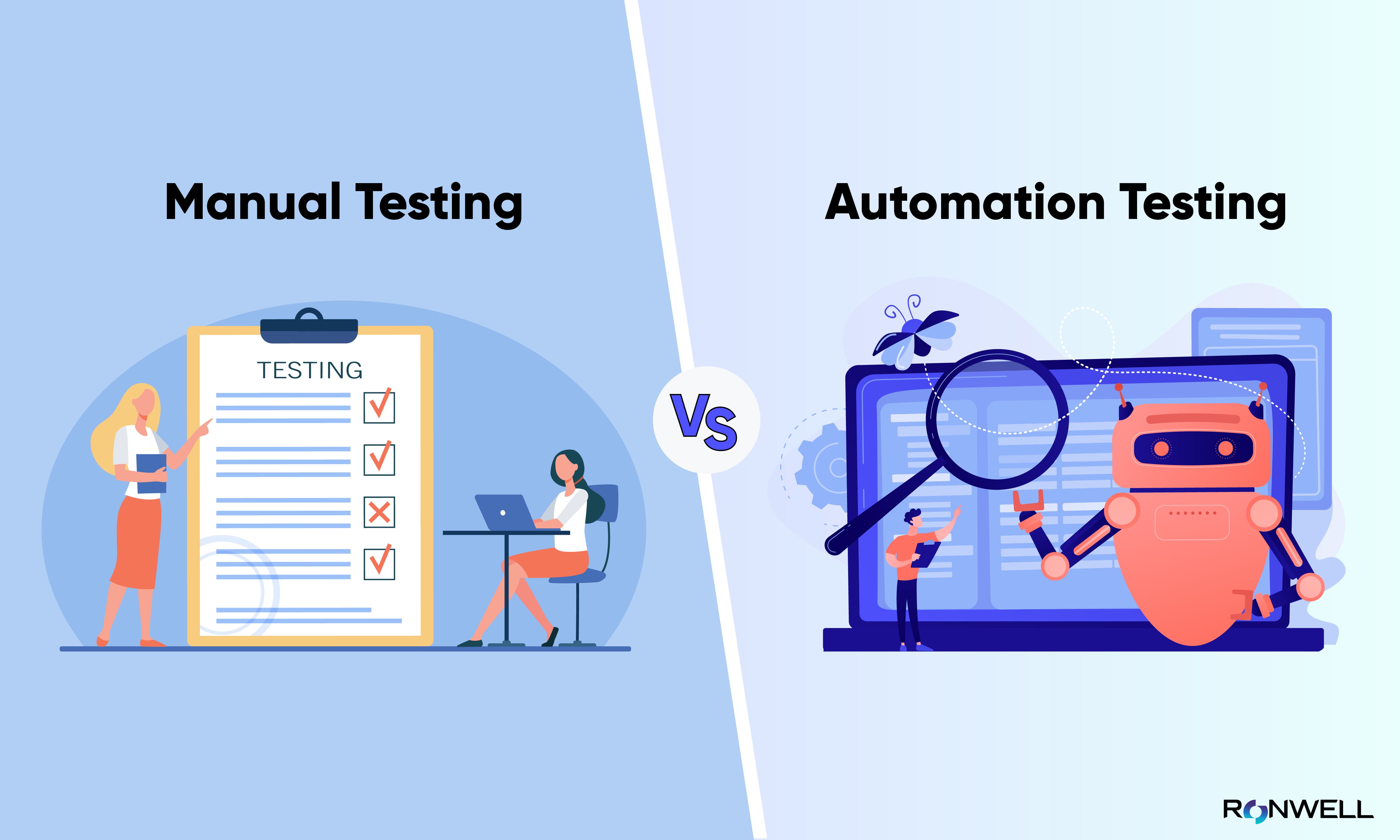From Handbook to Automated Screening: A Comprehensive Overview to Transitioning Efficiently and Efficiently
In the world of software program screening, the shift from guidebook to automated processes has become a significantly important change for organizations looking for to enhance performance and accuracy in their screening techniques. The journey from guidebook to automated testing is not without its difficulties, yet when approached purposefully and with a clear plan in mind, the benefits can be significant.
Benefits of Automated Checking
Automated screening uses numerous advantages, enhancing efficiency and accuracy in software advancement processes. Automated tests can be run at the same time on multiple devices and operating systems, considerably speeding up the testing phase compared to manual testing.
In addition, automated testing ensures a greater level of accuracy in identifying flaws. Consistency in screening is likewise boosted, as automated examinations execute the very same steps specifically each time they are run.
Choosing the Right Tools

To start with, examine your objectives and requirements. Understand the extent of your project, the technologies involved, and the ability collection of your group. This evaluation will assist you determine the features and abilities you require in your screening tools.
Second of all, consider the compatibility of the devices with your existing systems and processes. Seamless integration with your existing software program advancement lifecycle is important to guarantee a smooth transition to automation.
In addition, evaluate the scalability and adaptability of the tools. As your testing requires progress, the devices should have the ability to adapt and suit modifications efficiently.
Last but not least, consider the support and area around the tools. Durable support and an energetic user neighborhood can provide beneficial resources and aid when carrying out automated testing. By very carefully considering these elements, you can pick the right tools that straighten with your requirements and set the phase for a successful shift to automated screening.
Composing Reliable Examination Scripts

When crafting test manuscripts, it is important to take into consideration the particular needs of the software being evaluated and make sure that the manuscripts address all important functionalities. Detailed and clear naming conventions for test scripts and examination situations can boost readability and maintainability. In addition, incorporating error handling devices within the test manuscripts can assist in recognizing and dealing with concerns without delay.
Additionally, arranging examination scripts right into modular components can enhance reusability and scalability, decreasing redundancy and boosting efficiency in examination manuscript maintenance. Routine testimonials and updates to test scripts are critical to equal evolving browse around this site software program requirements and performances. By complying with these concepts, testers can develop durable and efficient examination manuscripts that add dramatically to the success of automated testing processes.
Integrating Automation Into Workflows
By seamlessly incorporating automated testing tools like Selenium or Appium right into the software application growth lifecycle, teams can attain faster comments on code adjustments, leading to quicker insect discovery and resolution. This integration enables for continuous testing throughout the growth process, making certain that any concerns are identified early on, resulting in higher software program quality. Appropriate assimilation of automation tools needs cooperation between advancement, screening, and operations teams to develop a unified operations that optimizes performance and performance in providing high-quality software items.
Making Certain a Smooth Transition
Effectively transitioning to automated testing includes thorough planning and careful execution to lessen disturbances and take full advantage of my latest blog post effectiveness in the software application growth process - automation testing. To make certain a smooth change, it is vital to start by carrying out a complete analysis of the present testing procedures and recognizing areas where automation can bring the most significant advantages. Engaging with all stakeholders early on while doing so, including designers, testers, and task managers, is important for gathering assistance and buy-in for the automation campaign
Interaction is key throughout this change stage. Clear communication of the goals, benefits, and expectations of automated screening assists to handle any kind of resistance or problems that may emerge. Furthermore, supplying sufficient training and resources for staff member to upskill in automation devices and methods is essential for making certain a successful transition.

Final Thought
Finally, transitioning from manual to automated screening supplies many benefits, consisting of raised performance and integrity. By selecting the proper tools, composing effective test manuscripts, and incorporating automation perfectly into operations, organizations can make sure a successful and smooth transition. It is crucial to accept automation as a beneficial asset in software screening procedures to improve general top quality and performance.
In the world of software program screening, the change from handbook to automated processes has actually come to be an increasingly essential shift for companies looking for to improve efficiency and precision in their screening methods. Automated tests can be run all at once on multiple tools and operating systems, dramatically speeding up the testing phase contrasted to hands-on screening. Uniformity in testing is additionally enhanced, as automated examinations carry out the same actions exactly each time they are run.To guarantee the successful execution of chosen screening tools, the click to investigate creation of efficient test manuscripts plays a vital role in confirming the functionality and efficiency of automated processes - automation testing. By adhering to these concepts, testers can create efficient and durable test manuscripts that contribute substantially to the success of automated testing processes
Comments on “The Best Guide to Implementing Automation Testing Effectively”